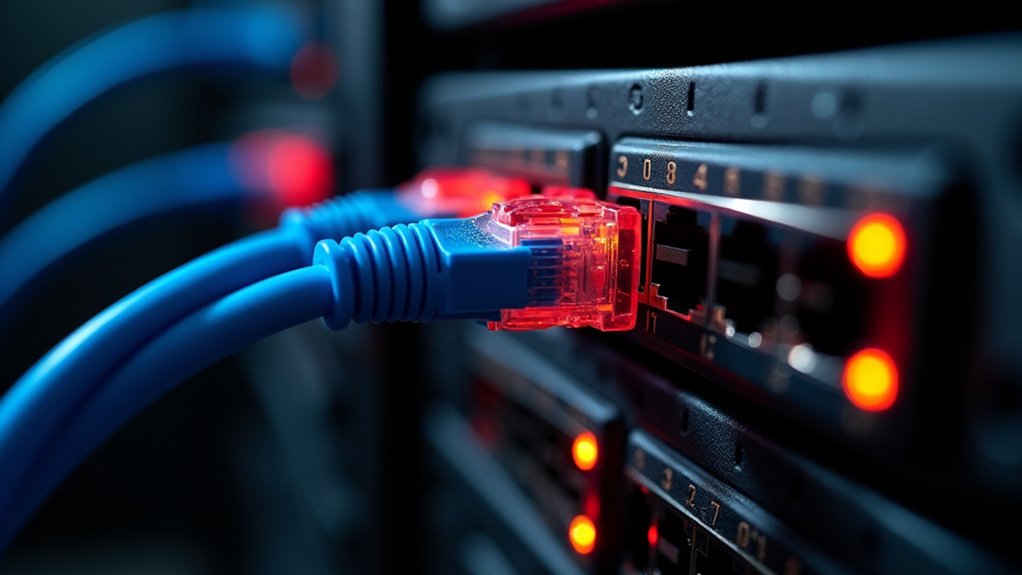President Trump signed a detailed cybersecurity executive order on June 7, 2025, dismantling key elements of the Obama and Biden administrations’ digital security frameworks as it redirected federal efforts toward combating foreign cyber threats.
The all-encompassing directive overrules significant portions of Executive Orders 14144 and 13694, marking a substantial shift in federal cybersecurity policy and regulatory approach.
The order implements essential protections for domestic entities by limiting cyber sanctions exclusively to foreign malicious actors, preventing potential misuse against domestic political opponents or election-related activities. This measure strips away provisions deemed outside core cybersecurity focus, including mandates for U.S. government-issued digital IDs for illegal immigrants that could facilitate fraudulent activities.
Federal agencies now face redirected priorities that highlight foreign adversary threats while easing domestic restrictions. The order directs department and agency-level action on border gateway security to defeat hijacking of network interconnections, strengthening technical and organizational professionalism to improve resilience against external threats.
Post-quantum cryptography initiatives receive renewed focus under the directive, though with different approaches from Biden-era encryption efforts. The NSA and CISA must begin rolling out PQC-capable systems by January 2030, ensuring protection against next-generation compute architecture threats that may utilize quantum computing capabilities. The order establishes encryption requirements for federal agencies to prepare for quantum computing advancement.
Agencies will adopt the latest encryption protocols to maintain strong security standards. The directive eliminates previous compliance checklists for federal software vendors to encourage more substantial security investments.
Artificial intelligence cybersecurity efforts undergo significant refocusing toward identifying and managing vulnerabilities rather than censorship activities. National security agencies must treat AI vulnerabilities in the same way as traditional cyber exploits, while releasing cybersecurity research datasets to the academic community by November 1, 2025.
The order acknowledges AI’s potential to transform cyber defense through rapid vulnerability identification capabilities.
Technical implementation measures include machine-readable policy standards and formal trust designations for Internet of Things devices, ensuring basic security principles are met.
These designations aim to provide Americans with confidence that personal and home devices meet established security engineering principles, addressing growing concerns about connected device vulnerabilities in residential and commercial environments.









